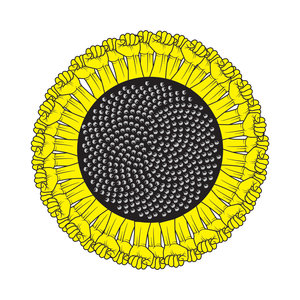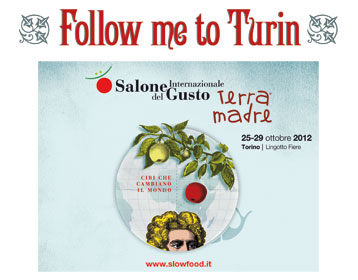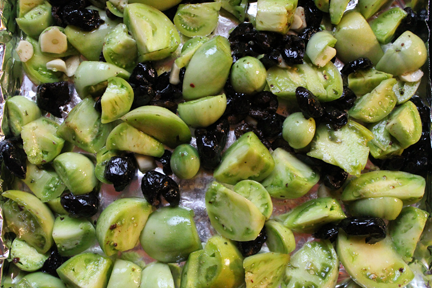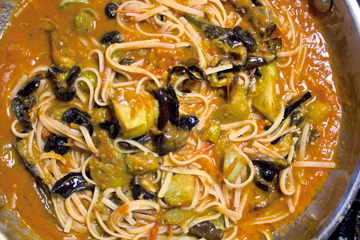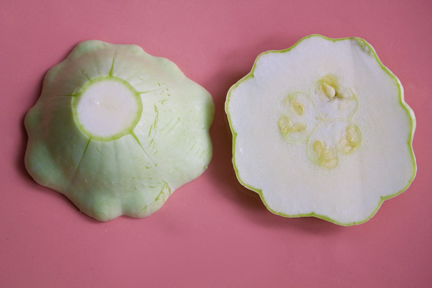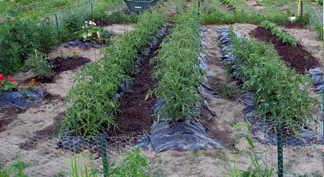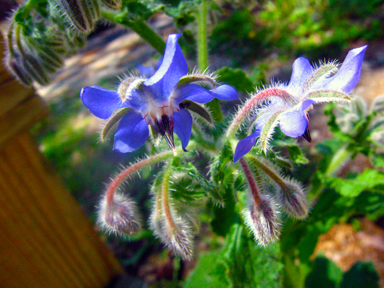Sorry for not writing a new post last week, things got crazy in my life.
I wrote an earlier post about how I was going to have two gardens this year, and I was going to compare and contrast the results. Well, it seems like some egos, and one ego in particular connected to a city government, conducted a micro coup d'état. This cabal took over a local community garden from the folks who built it over the last 6 years. I was told the offer for my plot would have to be renegotiated with the new regime. No thank you. I can do much better things without drama. And for the record, I believe the new leaders will destroy it.
I'm back to one garden, and that's fine by me. Now, granted I could've split my current plot up, but there are vast differences in how these two community gardens are structured. Those conceptual differences were going to be as much of the story as the harvests from the gardens.
For this year I will have a 20'x60' plot, which I'm going use a Square Foot Gardening/Intensive Gardening (SFGIG), hybrid technique. I will also be mixing some containers into the layout. I've always used my own version of intensive gardening, but always planted in rows. This year will be a new challenge. I have A LOT of new varities to grow, photograph and write about. So the SFGIG approach is approprite for me this year.
Both techniques demonstrate a efficient use of land. Following Thoreau's lead in the Economy chapter in Walden, both techniques fit into the philosophy he laid out in that chapter. As I move forward with Thoreau as an influence in my work, it's natural to demonstrate how I apply that influence, and share it here. With economical use of resources that nature provides, you can create an abundance.
I will have 8 squares to work with. Each square will be 7'x7', and I'll have an approximated 2' wide path around each square. The containers will have White Belgian Carrots, Crapaudine Beets, Lime Green Salad Tomatoes, Tequila Sunrise Peppers, Castelfranco Radicchio, and Rossa Di Treviso Radicchio.
Square 1 – This will be heirloom tomatoes. I have 15 varieties to choose from including Hawaiian Pineapples, a new one of me this year. They are not to be confused with Pineapples, which I also have seeds for. While both varieties are late season beefsteaks, Hawaiian Pineapples are solid yellow with a hint of pineapple in the flavor from what I understand. Pineapples, are bicolors, and have notes of citrus in their flavor. This I know firsthand.
Square 2 – This will be interesting square since there will be an area that goes vertical. Growing vines vertically are part of the efficiency of SFGIG. So with that in mind, and always looking to push the boundaries, I'm creating art on a trellis. I view it as a blank canvass, and will growing Chinese Red Noodle Beans with Zucchino Rampicante. It should be nice contrast of foliage, flowers and fruit. The rest of the square will have Purple Tomatillo, Silver Edge Squash, Giant Cape Gooseberries and Golden Marconi Peppers.
Square 3 - Here will be Wild Garlic, Greek Pepporcini, and Green Nutmeg Melons. This square is a little light so something else may end up here.
Square 4 – This will be divided between Purple Majesty Potatoes and the classic 3 Sister combination using Morado Purple Corn, White Scallop Squash and Dragon Tongue Beans. While a traditional 3 Sisters planting uses a vining bean, I chose a bush bean since Dragon Tongue Beans are a famous Dutch heirloom variety.
Square 5 – More tomato plants here along with Winter Squash Marmellata, (Jam Pumpkin), as it's known in Italy, or Jaune Gros de Paris, (The Large Yellow of Paris Pumpkin), as it know in France. It can be a very large pumpkin, with a pinkish-orange skin and sweet yellow flesh. In Italy it's used for preserves, hence it's Italian name. I plan on making some pumpkin jam later on this year. I will also be growing some Giant Orange Amaranth and Greek Giant Amaranth in this square.
Square 6 – This will be my succession planting square. Succession planting is where you plant with the intention of harvesting crops is a succession. Whether this done with specific type of vegetable such as tomato, where you plant early varieties, mid-season varieties and late-season varieties, or plant a vegetable such as lettuce once a week for three weeks in a row so the harvest will last for three weeks in succession after maturity. Or, you do something like I will be doing. I'm going to do a succession of Viroflay Spinach, which dates back to 1885, and is the father of many modern hybrids, and Broccoli Rapini and Sorrento Broccoli Rabe all at the same time, followed by yet to be determined radishes, and than Tuscan Kale.
Square 7 – Here will be Black Lentils, Padron Peppers, and Delice De La Table (Delight of the Table) Melons, a famous French cantaloupe. It's very rare here in North America, still around in France. It's an old variety of a true cantaloupe, not like the cantaloupes that are sold in supermarkets. They are muskmelons. I can't wait have them delight my table.
Square 8 – This will have Jing Orange Okra, which I have seen described as a Asian or African variety. Any okra plant is a beautiful, and this one produces orange-red pods, and beautiful white flowers. I expect some beautiful photographs, and tasty pickled okra this summer. There will be Rouge D'Hiver Lettuce, an old french heirloom, which may get moved to the succession square with the kale. Since cool weather brings out the red color, that could be why they would be moved. Rounding out this square will be Shisgigatani or Tonas Makino pumpkin, a Japanese pumpkin developed in the ealry 1800's and is considered one of the kyo yasai, which are traditional vegetables of the Koyoto area of Japan. It's used in a vegetarian cooking known as shojin ryor, which is eaten by Buddhist priests. It will be a nice contrast to the Jam Pumpkin from Square 5, which is from France, and used for jam in Italy.
Still to be determined, Flat Red Onion of Italy, a red cippolini, and Romanesco Italia, a cauliflower that is called a broccoli, and is a chartreuse example of fractal geometry with a nutty flavor.
So while the tale of two gardens are gone, the economy of land use will provide a abundance for a cornucopia of sensual delights. It's a nice trade off.
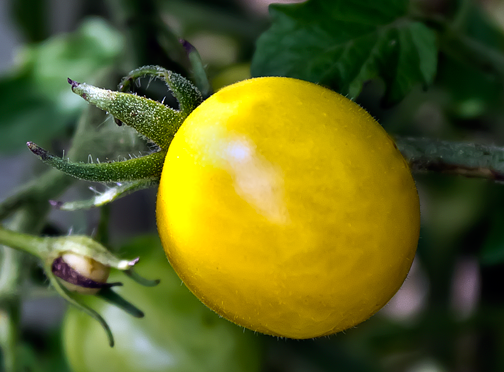 I love this tomato. When I found it back in January at Terrior Seed Company, it captured my imagination. The Galápagos Islands are amazing, and to have the opportunity to grow something I'm so passionate about from there, and to be able to eat it too, well it doesn't get much better than that. It lived up to what I imagined, and has fascinated me ever more.
I love this tomato. When I found it back in January at Terrior Seed Company, it captured my imagination. The Galápagos Islands are amazing, and to have the opportunity to grow something I'm so passionate about from there, and to be able to eat it too, well it doesn't get much better than that. It lived up to what I imagined, and has fascinated me ever more.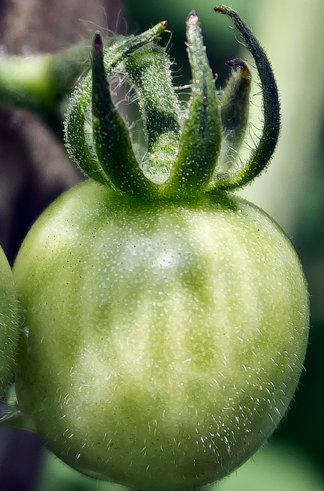 The photo on left is a green one, and the white lines are the cells below the skin. Being a wild tomato, they are very small. The average size is slightly smaller than a dime, with some almost as small as a currant. I did peel some, and the skin is indeed transparent.
The photo on left is a green one, and the white lines are the cells below the skin. Being a wild tomato, they are very small. The average size is slightly smaller than a dime, with some almost as small as a currant. I did peel some, and the skin is indeed transparent.